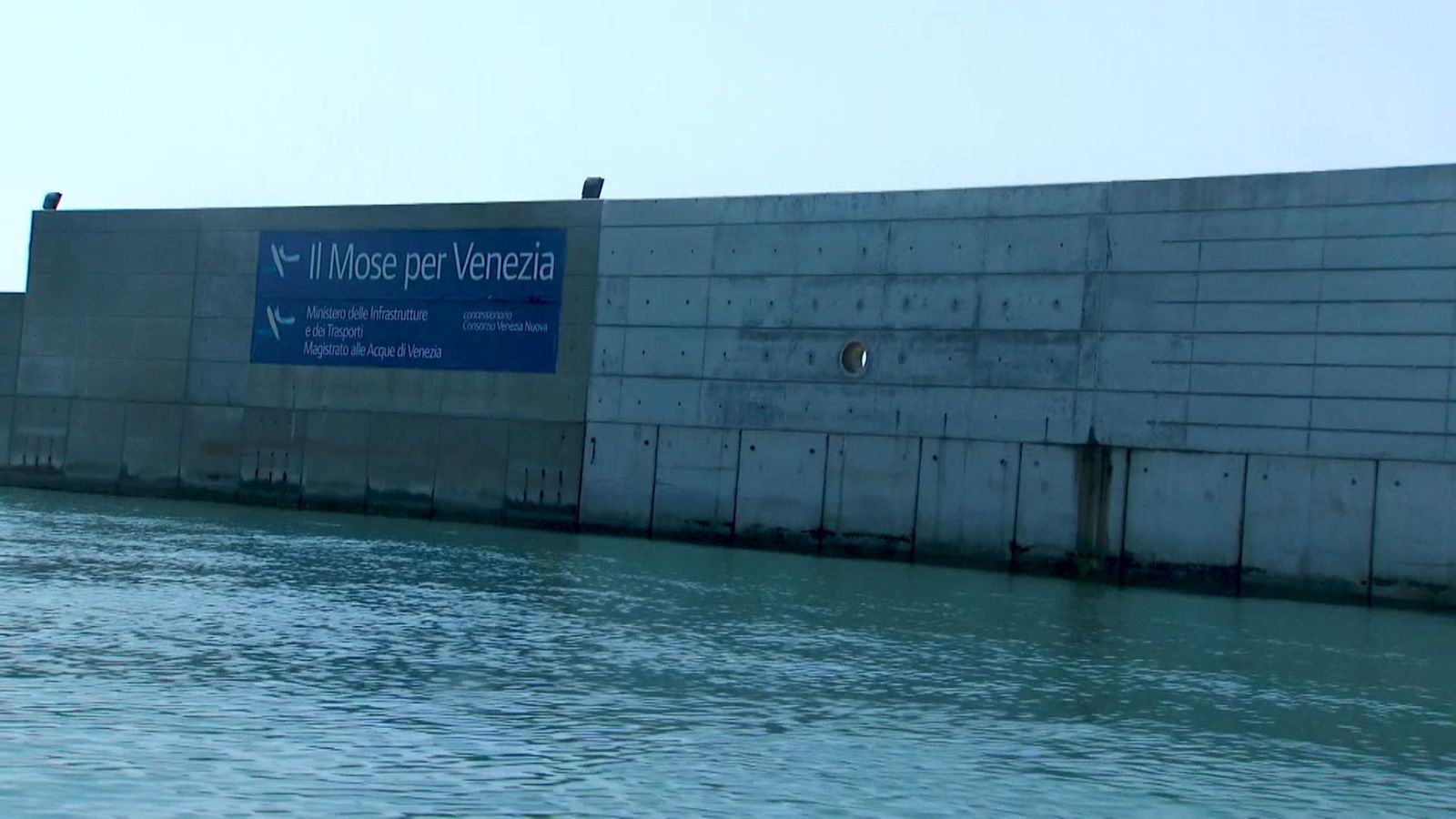by Marzia De Giuli
MILAN, Sept. 23 (Xinhua) – The Italian government is determined to face the issue of large ships visiting Venice among increasing concerns for the risk they pose to the fragile lagoon city, local reports said on Monday.
According to Corriere della Sera newspaper, Prime Minister Enrico Letta has called a meeting on Oct. 1 to discuss what Culture and Tourism Minister Massimo Bray defined as “the lagoon safeguard, which can no longer be postponed.”
The environment and infrastructure ministers will also take part in the meeting aimed at finding a “definitive decision.” “The large vessels will no longer sail through the channel of the Giudecca and St Mark’s Basin (the heart of Venice),” Infrastructure and Transport Minister Maurizio Lupi said in a statement.
The passage of large cruise ships off the lagoon has sparked growing worries over the impact they have on the Venetian inhabitants and infrastructure amid the headlines made by the Costa Concordia shipwreck that killed 32 people and caused massive disaster off the Italian western coast last year.
“The biggest thing you can often see visiting Venice is not St Mark’s Basin but a mega cruise ship. What is the sense of a 60-meter-high vessel standing in front of 20-meter-high Doge’s Palace?,” Silvio Testa, the spokesman for the No Big Ships committee, which has been fighting against the rising traffic of cruise ships in Venice, told Xinhua.
According to the committee, more than 650 cruise ships and a huge number of cargo vessels and oil tankers dock every year in the lagoon, where cruise-ship tourism has considerably increased in the last 15 years. The number of people arriving on board cruise ships reportedly rose from below 100,000 passengers in 1999 to more than 1.7 million in 2012.
When 13 large cruise ships sailed in the lagoon last weekend, residents supported by environmentalists and renowned personalities staged a canal-bank protest over what they called an “invasion” that turned St Mark’s Basin into a “motorway.”
Testa especially called on the upcoming meeting to face the problem from root cause and not “keep the large ships out of sight but not out of the lagoon by simply moving them from one place to another.” The real solution, he added, lies in “sustainable alternatives in tourism planning.”
In a thousand-year-old city hosting some 59,000 residents and up to 80,000 tourists every day, large cruise ships are a major component of a mechanism that is “intolerable for Venice’s small size, its inhabitants’ health and the lagoon’s fragility,” the spokesman said.
Certain that something needs to change, Environment Minister Andrea Orlando in a recent interview to La Stampa newspaper invited the various actors to present their suggested ideas to the government.
Though the possible solution, which ranges from digging out of another passage to fixing a limited number of entries, will be not an easy one and will cost time and resources, “everyone however agrees that the ships shall no longer sail in the channel,” he said.
Also referring to oil tankers entering the lagoon, the minister stressed that “should an accident occur, the damage would be incalculable.”
 Comitato No grandi navi Comitato No grandi navi – Laguna bene comune
Comitato No grandi navi Comitato No grandi navi – Laguna bene comune



